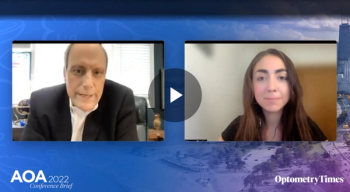
Stuart Richer, OD, PhD, provides an overview of his AOA 2022 presentation titled, "Alzheimer's disease: diagnostic criteria, prevention, and lifestyle management."
Stuart Richer, OD, PhD, FAAO, is director of ocular preventive medicine at James Lovell Federal Health Care Facility in Chicago. He is also associate professor of family and preventative medicine at Chicago Medical School and assistant clinical professor

Stuart Richer, OD, PhD, provides an overview of his AOA 2022 presentation titled, "Alzheimer's disease: diagnostic criteria, prevention, and lifestyle management."

Stuart Richer, OD, PhD, shares key highlights from his AOA 2022 presentation titled, "Let There Be Light: A Modern Update."

How safe is your patients’ drinking water?
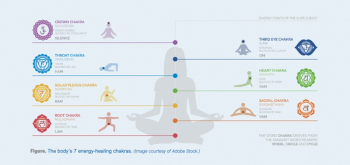
Developing symbolic vision for yourself and your patients

Eye holds the key to identifying lymphatic disorders; healthy lifestyle choices make a difference.

Consider sleep apnea, congenital or acquired hemochromatosis, vitamin D deficiency, and diet
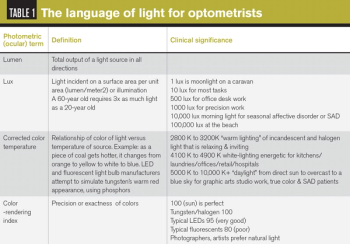
ODs should keep top of mind the science and application of visible and imperceptible light

Have a plan to combat immune senescence in your senior patients at risk for the disease
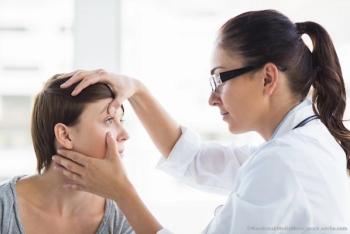
Optometry’s success in the future will depend on the ability of ODs to overcome new challenges.

This carotenoid helps with dry eye, glaucoma, AMD, eye fatigue, and more.


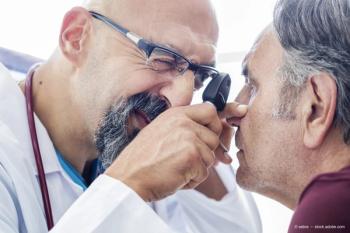


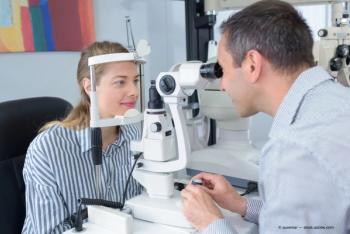
Anti-VEGF treatments are used in many aspects of retinal eyecare, but when applied to patients who just suffered a stroke, mortality rates appear to rise. We explore the nutrient molecule resveratrol and how it may be the key in treating these patients.


The treatment of age-related macular degeneration (AMD) with supplements shouldn't be left to chance. Stuart Richer, OD, PhD, FAAO, discusses why gambling with AMD supplementation may be risky.

Science is evolving, and practices will soon find themselves in a moral quagmire. Detection and clinical staging of AD using vision and ophthalmic imaging are close at hand.

At this moment, optometric leaders are seemingly wedged between fighting against online refractions and spectacles and fighting for “follow the money/ophthalmologic care.”

Recently, there has been interest by pediatric ophthalmology in protecting our most valuable retinal real estate, the fovea, with dietary zeaxanthin

In the city of Chicago, there’s a 95-year-old retired pathologist and professor with a wry smile on his face. More than 50 years ago, Joseph Kraft, MD, identified that many tinnitus patients were in fact pre-diabetic.1 Back then this was a leaner America, and far fewer citizens had diabetes. Of course, much has radically changed.

Diet and nutrition play significant roles in the maintenance of health and prevention of disease.1,2 Every five years, our government releases dietary guidelines based upon all the players in the “food fight.

Fifty years of dietary guidelines have emphasized “low fat” and “low cholesterol” eating, so manufacturers obliged by creating foods with increasing sugar and wheat/gluten content while promoting exercise and widespread use of statins to lower cholesterol. Yet Americans have become overweight, obese, and typically less healthy at an alarming rate. The newest 2015-2020 U.S. dietary guidelines, eighth edition, are attempting to address this issue by limiting “added sugar.”1

Paul Chous, OD, MA, and his scientific team, as published in a recent British Journal of Ophthalmology clinical scientific study, have just raised the bar for public service, professional practice, and fiscal responsibility.

Our sun, modern indoor blue LED lighting, cell phones, and computer displays all emit “bad blue” radiation defined as a wavelength band of 435 nm ± 20 nm.

Optometrists like to think about ocular nutritional supplements in narrow terms, focusing on AREDS2 or the carotenoids’ visual benefits.

If the poor and disenfranchised cannot receive accurate health information from their doctors or the news media, whom can they trust? The percentage of Americans meeting average micronutrient-rich plant food consumption (vegetables and fruit) in the U.S., remains appallingly inadequate at 15 to 20 percent. It is worse for the poor.
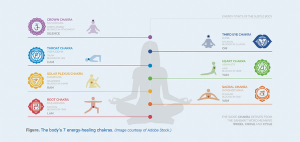
Published: March 3rd 2022 | Updated:

Published: September 8th 2015 | Updated:

Published: October 16th 2015 | Updated:

Published: January 25th 2017 | Updated:

Published: November 15th 2017 | Updated:

Published: February 8th 2016 | Updated: